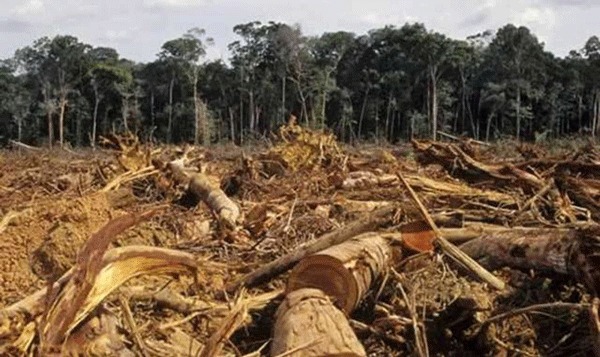Zimbabwe’s forest sector is poised for transformation under the nation’s National Forest Policy, specifically through the strategic implementation of Pillar Number 3, which focuses on Forest Industries and Products. This pillar addresses the pressing challenges and opportunities within the hardwood, softwood, and non-timber forest products (NTFPs) sectors, aiming to revitalize these critical components of the economy.
The country’s hardwood and softwood industries have experienced a notable decline in productivity in recent years, exacerbated by competition from inexpensive imports. “The non-timber forest products (NTFPs) sector is commercially and industrially underdeveloped. These challenges also provide opportunities for investments in the certification of hardwood and softwood products to penetrate the lucrative export market. Related investments are also required in adding value to NTFPs for the domestic and export markets.
“Trade in competitive wood products and NTFPs offers considerable potential for increased economic development through employment creation and income generation as well as export earnings but requires an enabling environment for commercial activities, incentives and investment,” read the policy document. Despite these challenges, the policy outlines a clear path forward. One of the key strategies involves attracting investments aimed at certifying hardwood and softwood products
“The Government of Zimbabwe will: Support public-private-community partnerships in the establishment of new forestry industries. Encourage value-addition in the wood industry to enable the country to maximise on benefits from its exported wood products and NTFPs.
“Encourage the adoption of standardization and of a certification system to increase the competitiveness of Zimbabwean wood products regionally and internationally. Establish an appropriate incentive framework for investment in the wood industry including small and medium enterprises as well as cultural and creative industries and Ensure security of forest raw materials supply through sustainable management of the forest resource base,” read the document.



